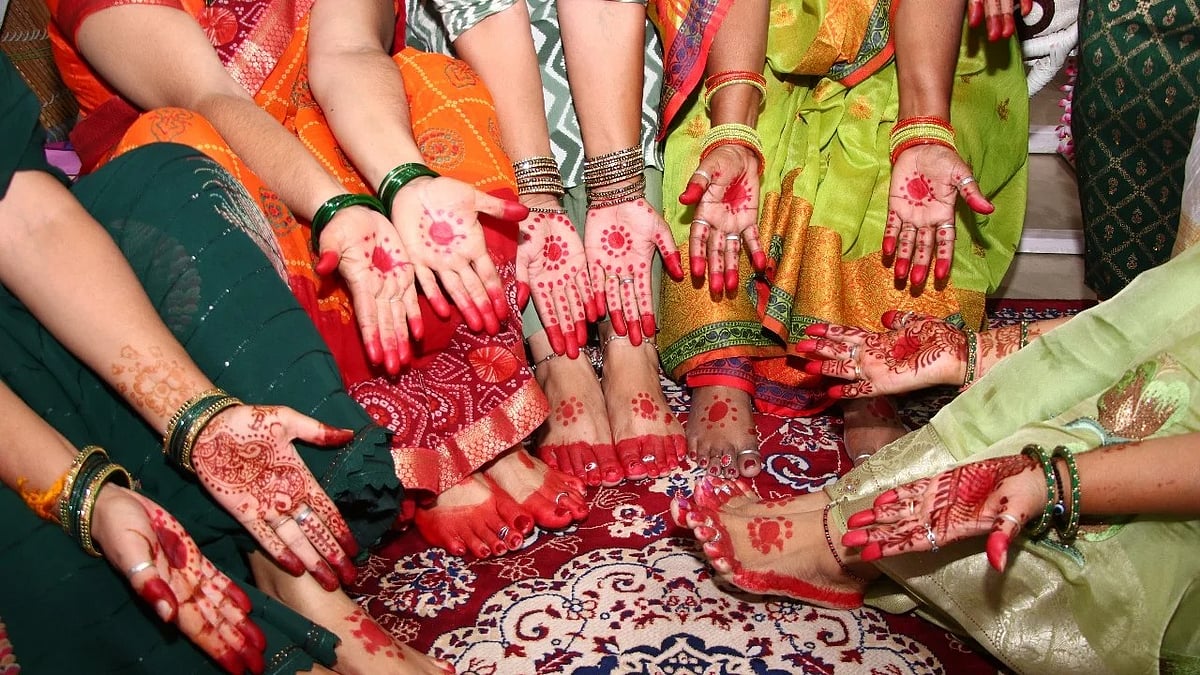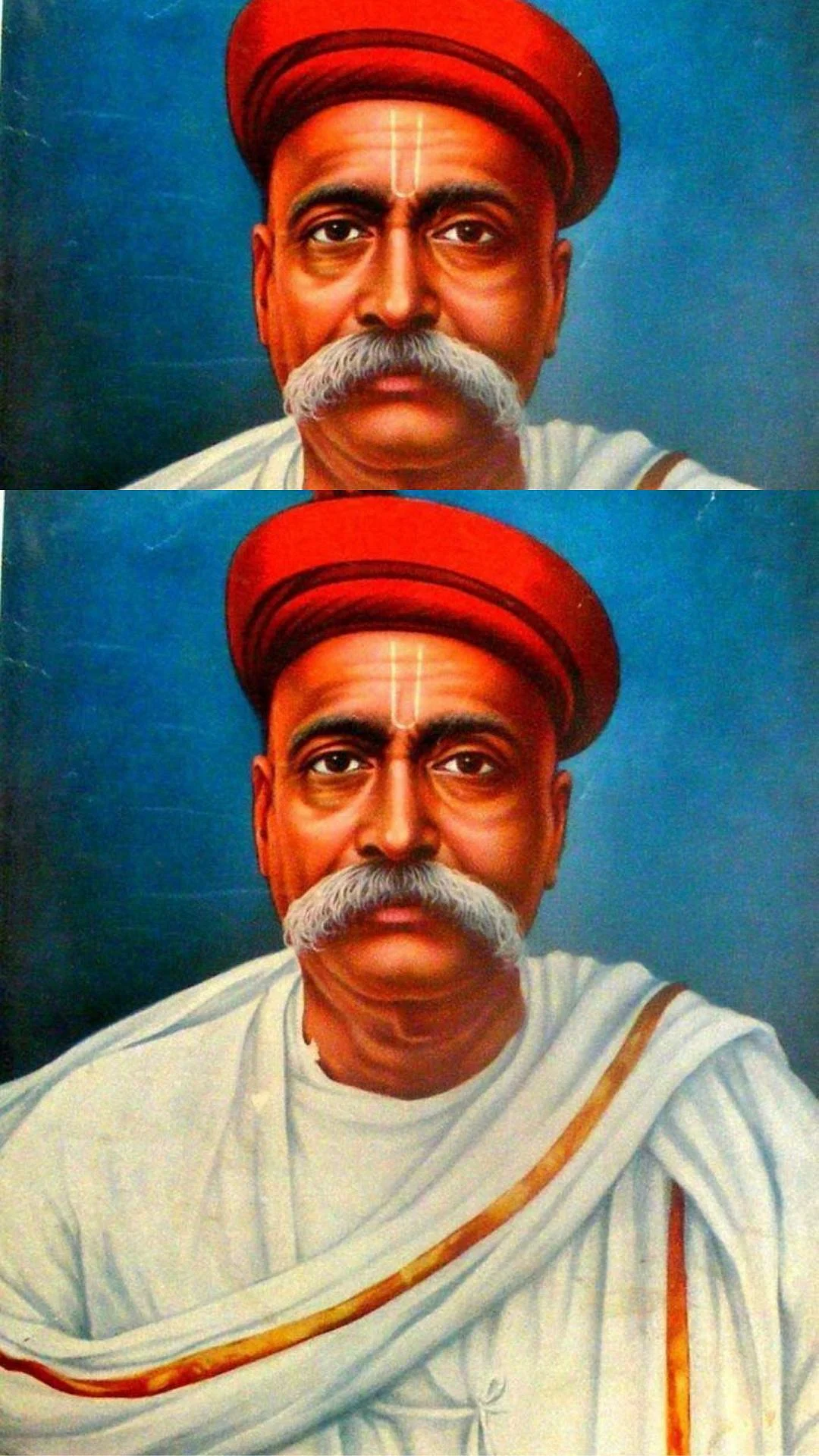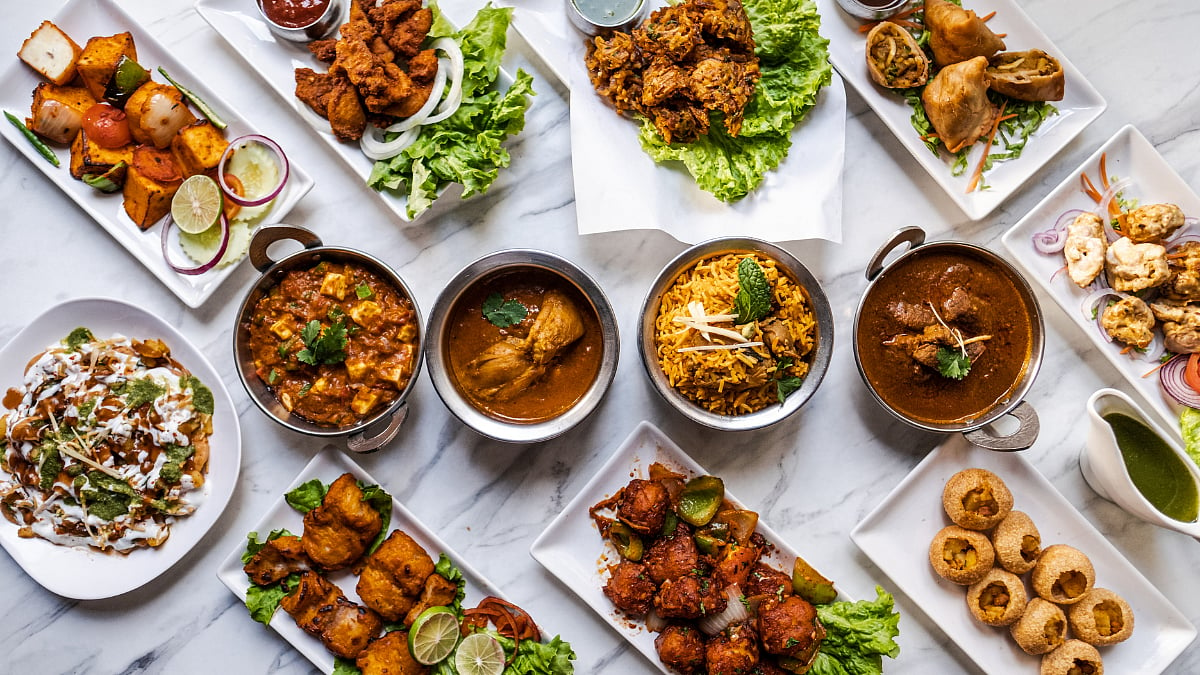Hariyali Teej is a beautiful and vibrant Hindu festival. The festival is celebrated with great enthusiasm, especially in the northern states of Rajasthan, Uttar Pradesh, Bihar, Haryana, and Punjab. In 2025, Hariyali Teej will be observed on Sunday, July 27, 2025, coinciding with the lush greenery and freshness brought by the monsoon season.
Significance of Hariyali Teej
The festival is dedicated to Goddess Parvati and Lord Shiva. It symbolises marital bliss, devotion, and the arrival of prosperity with the rains. According to Hindu mythology, Hariyali Teej marks the reunion of Shiva and Parvati after Goddess Parvati’s long penance. Married women observe this day to seek the blessings of Parvati for a happy married life, while unmarried girls pray for an ideal life partner. The word ‘Hariyali’ means greenery, and Teej marks the onset of the monsoon season, representing fertility, hope, growth, and life.
Muhurat of Hariyali Teej
According to the Drik Panchang, the festival will be observed on Sunday, July 27, 2025.
Tritiya Tithi Begins: 10:41 PM on July 26, 2025
Tritiya Tithi Ends - 10:41 PM on July 27, 2025

Hariyali Teej | Photo Credit: Canva
Rituals of Hariyali Teej
On this auspicious day, women observe a nirjala vrat (fast without food and water) throughout the day, and pray for the well-being and longevity of their husbands or for their potential partner. Women wear a green colour dress with green bangles. The green colour symbolises nature and prosperity.
Applying mehndi (henna) on hands is an essential part of the rituals because it is considered auspicious for the occasion. Special prayers and pujas are performed, where women offer flowers, sweets, and fruits to idols of Goddess Parvati and Lord Shiva. Folk songs and dances dedicated to their divine love are also popular traditions.
Celebrations across regions
Swing rides tied to trees, called jhulas, decorated with flowers, are central to Hariyali Teej celebrations. Women gather in groups to enjoy swings, sing traditional songs, and celebrate togetherness. The festival is not only a religious observance but also a social celebration, strengthening bonds between families and communities during the monsoon season.










